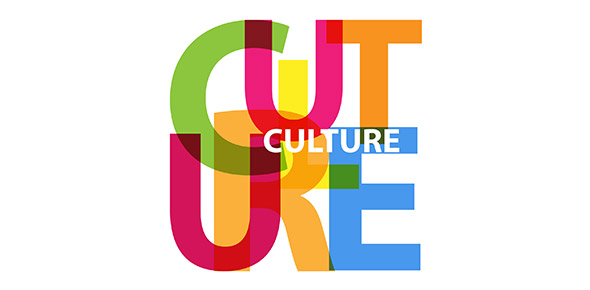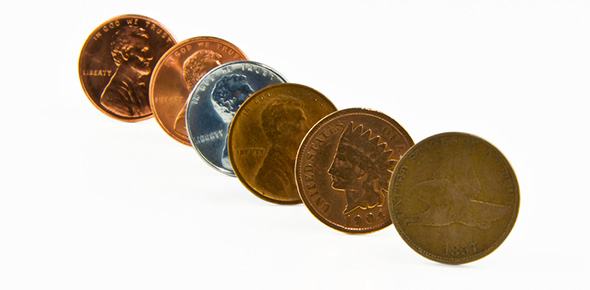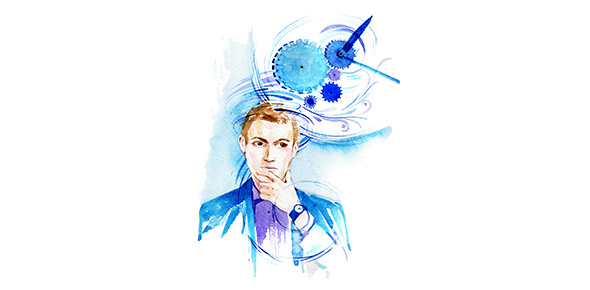Related Flashcards
Related Topics
Cards In This Set
| Front | Back |
|
Status - two different types
|
AscribedAchieved
|
|
Characteristics of Statuses
|
Some statuses are
mutually exclusive (you can only be one or the other.) (i.e. son OR
daughter, college graduate OR non-college graduate)
Most statuses can
change (go from underage – legal (ascribed status), legal resident – citizen
(achieved status))
|
|
Ascribed Status
|
Automatic, a status that
you have little or no control over.
Examples - adult, female, daughter, Italian-American
|
|
Achieved Status
|
Statuses that come through
choices, actions, accomplishments
Examples - Wash U student, friend, musician
|
|
Status Shifting (Rites of Passage)
|
Acquiring some statuses requires
conversion experience
Examples;-Anthropologist – fieldwork
-President (oath of office)
-Fraternity brother (initiation)
|
|
Social Stratification and Ascribed Status
|
Age (eldest members of society
have higher status than young people in society gender stratification – male
gender carries higher status that femalesrace – social stratification
associated with race, white race has higher status, more privileges than black
race in society
|
|
Social Construct
|
A concept or practice that is the
creation of a particular group
In other words, a social
construct is not a naturally occurring phenomenon, but it is something that
arises through social practices, beliefs and behaviors*Race (like gender) is a social construct
|
|
What are some important things to consider about the concept of race?
|
Our ideas about race
change through time.
Our ideas about race
vary across cultures.
Our ideas about race
tend to dehumanize others for political gain – British controlling Ireland,
denigrating inhabitants as inferior
|
|
Anthropology and Race
|
|
|
Who was Carolus Linnaeus and what was his contribution?
|
Lived 1707-1778
-Made one of the first
attempts to classify the human species.
-Five sub-species of
humans based on temperament, dress, and culture – NOT biology, defining race in
non-biological terms
|
|
Anthropometry
|
Important method in
physical anthropology.
Measurement of the
human body to understanding human physical variation.
Early application
(Galton): identity those with criminal proclivities based on body measurements – idea that could identify people with criminal propensities based on human physical
variation.
Importance of cranial
and brain measurements
Measure brain – draw
ideas about individual’s character/intelligence
Bigger brains =
higher intelligence
|
|
What were some of the analytical problems with anthropometry?
|
Groups could be formed according to
anthropometric measures of cranium.
But those groups made
no logical sense!
brachycephalic =
Turks, Hawaiians, Thai
dolichocephalics =
English, North African, Australian Aborigines.
Failed as a way of
racial classification though it persisted nonetheless
|
|
Franz Boas' Study of the Cranial Sizes of Immigrant Children
|
Trying to determine whether cranial size (and thus intelligence) was primarily influenced by nature (biology) or nurture (how the children were raised, immediate environmental and parental conditions)
-Compared children of
immigrants’ craniums with parents’ craniums.
-Significant changes
(hence, cranial shape and brain size are not merely inherited, but are shaped
by complex factors).
-Major challenge to
notion that biological race is a meaningful scientific category.
Yet, business as
usual . . .
Environment mattered,
environment shaping outcomes – challenged biological race idea though same work
carried on
|
|
Carleton Coon and "The Origin of Races"
|
Last major attempt to
divide people by racesTried to categorize people living in certain areas as similar - Caucasoid, Congoid, Capoid, Mongoloid, Australiod races
|
|
Reactions in the Scientific Community to "The Origin of Races"
|
Reorient focus:
Racial classification
à
eliminated
Processes that lead
to human variation
Denial of race as a
valid biological unit.
Dividing up people
into discrete “types” isn’t natural: these groups do not exist in nature.
Recognition that
human variation is clinal – human variations don’t have sharp boundaries, more
of a continuum than previously thought of.
|








